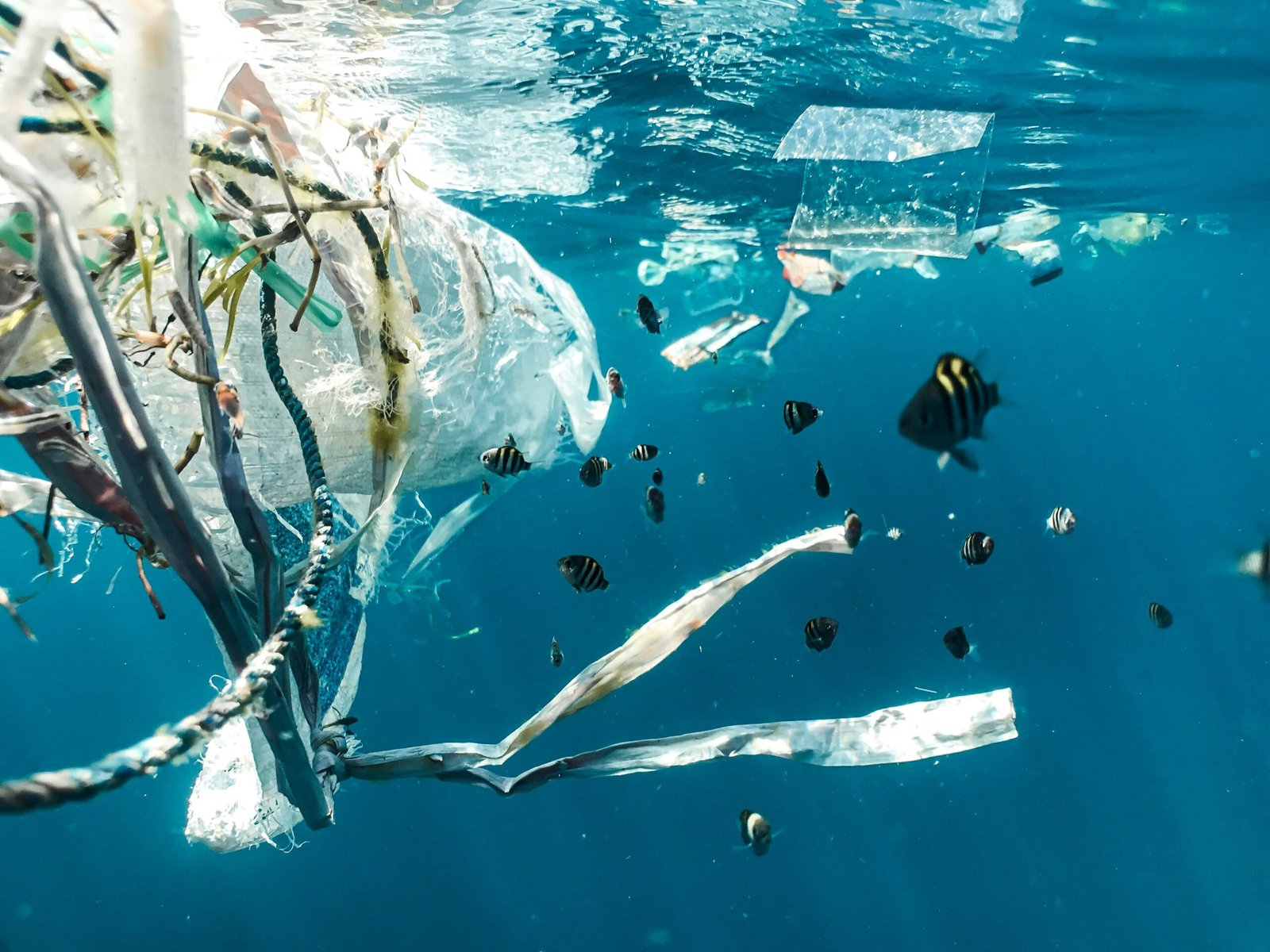The Rise of Plastic: Innovations and Applications
The history of plastic products can be traced back to the early 20th century, marking a pivotal moment in industrial innovation. The first synthetic plastic, Bakelite, was developed in 1907 by chemist Leo Baekeland, establishing a foundation for various types of plastics that followed. This material, known for its robustness and electrical insulation properties, paved the way for the invention of subsequent plastics that would revolutionize the manufacturing and consumer goods sectors.
As the decades progressed, significant advancements led to the development of polyethylenes and polypropylenes, two of the most widely used plastics today. Polyethylene emerged in the late 1930s, initially utilized for its flexibility and durability in packaging applications. Its low-cost production and versatility made it a preferred choice across industries, transforming how goods were packaged and delivered to consumers. By the 1950s, polypropylene was also synthesized, offering lightweight yet strong options suitable for a broad range of products including automotive components, textiles, and reusable containers.
The surge in plastic adoption during the mid-20th century can largely be attributed to its convenience, affordability, and adaptability. Consumers welcomed plastic for its role in everyday life, enhancing comfort with products such as lightweight appliances, colorful toys, and easy-to-use medical devices. Industries quickly recognized its practical advantages, opting for plastic materials to enhance manufacturing processes, reduce costs, and improve product performance.
Moreover, plastic’s contribution to packaging solutions streamlined logistics and extended shelf life for food products, further embedding itself into global consumption habits. By addressing the needs of both industries and consumers, plastics became ubiquitous, offering numerous applications across diverse sectors, ultimately reshaping the landscape of modern convenience.
The Path to Sustainability: Challenges and Solutions in the Plastic Industry
The plastic industry has faced an increasing wave of scrutiny due to growing concerns regarding plastic waste and its detrimental effects on the environment. Plastic pollution, particularly in oceans, has been recognized as a major threat to marine life and ecosystems. Marine debris, consisting primarily of plastics, not only harms aquatic organisms but also disrupts the food chain, leading to broader ecological consequences. Furthermore, the recycling crisis has emerged as a pressing issue. Despite the advancements in recycling technologies, a substantial portion of plastic products still ends up in landfills or oceans, highlighting inefficiencies and inadequacies within current recycling infrastructures.
In response to these challenges, innovative solutions have begun to take shape within the industry. One promising direction is the development of biodegradable plastics. These materials, designed to decompose more rapidly than traditional plastics, present a potential solution to the plastic waste dilemma. Research is continuously underway to refine these products to ensure they perform comparably to conventional plastics while being environmentally friendly.
Moreover, advancements in recycling technologies are revamping how we approach plastic disposal. New methods, such as chemical recycling, allow for the breakdown of plastics into their original components, enabling a more effective recycling process. This contrasts markedly with traditional recycling methods, which often result in down-cycled products of inferior quality.
In addition to industry shifts, consumer awareness plays a crucial role in advocating for sustainability. Encouraging individuals to reduce their reliance on single-use plastics and to engage in responsible disposal habits fosters a more eco-conscious society. Through personal commitment and collective action, the transition towards sustainability within the plastic sector becomes achievable. As consumers increasingly seek to support sustainable alternatives, the industry is urged to adapt and innovate, ultimately paving the way for a greener future.











Add comment